The best tea of the year comes in spring, as spring tea is considered the highest quality. But there are things you must know before drinking spring tea.
【Main Text】The best tea of the year comes in spring. Due to moderate temperatures, abundant rainfall, and the long period of rest tea trees undergo during autumn and winter, they accumulate rich nutrients. As a result, spring tea buds are plump, green in color, soft in texture, and covered with fine hairs. Moreover, compounds that enhance tea quality, particularly amino acids and various vitamins, are more abundant, making spring tea fresher in taste, more intense in aroma, and more effective in health benefits. Therefore, spring tea is the most anticipated tea of the year. But how much do you know about spring tea?
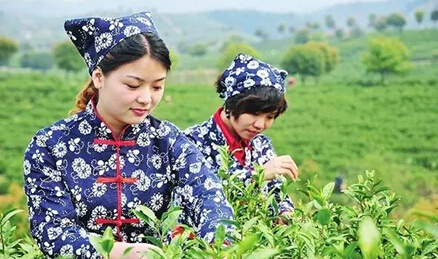
1. Spring tea is not better the fresher it is
Tender spring tea is highly sought after for its fresh taste and strong aroma, but overly fresh spring tea may not only lack health benefits but could also cause illnesses. Tea leaves that have just been picked contain polyphenols, alcohols, and aldehydes that haven't had time to fully volatilize. Drinking such tea may lead to gastrointestinal discomfort, diarrhea, bloating, and other adverse reactions, worsening conditions for those with stomach ailments.
Additionally, fresh tea contains high levels of caffeine, active alkaloids, and aromatic compounds, which can overstimulate the nervous system, causing symptoms like weakness, cold sweats, and insomnia—known as "tea drunkenness." People with neurasthenia or cardiovascular diseases should be especially cautious.
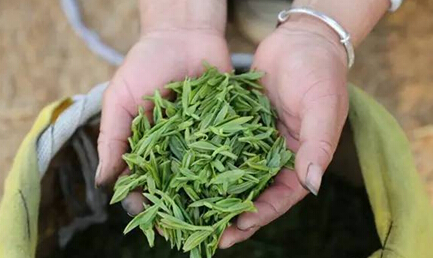
Spring tea shouldn't be consumed too fresh. Some teas, like Pu'er tea and black tea, actually improve with age. While teas like green tea are best consumed fresh, drinking them too soon can cause health issues. Therefore, freshly picked spring tea should be stored for at least half a month to allow its compounds to oxidize naturally. In other words, tea picked and processed around Qingming (Tomb-Sweeping Day) should be consumed after Guyu (Grain Rain).
2. The quality of spring tea isn't determined by how early it's picked
Spring tea generally refers to the first tea picked in a year. However, some people associate it strictly with solar terms like Qingming or Guyu, believing tea picked outside these periods can't be considered new. This view overlooks factors like latitude and altitude. In reality, some regions can produce tea before Qingming, while others only begin sprouting tea leaves around Qingming—as the ancient saying goes, "While flowers in the lowlands wither in April, peach blossoms in mountain temples just begin to bloom." In some high-altitude areas, true spring tea may arrive ten to fifteen days later than in southern regions.
China's top-quality green teas are mostly concentrated in the Jiangnan tea region, covering Anhui, Zhejiang, and Jiangsu. However, the finest green teas here are mostly not early-sprouting varieties, and their growth is heavily influenced by weather. The best native varieties usually don't sprout until mid-to-late March.
Take West Lake Longjing as an example. Its highest-grade leaves come from the "Qun Ti Zhong" (group variety) with one bud and one or two leaves, rather than early-sprouting single buds. The best picking time is early April, not earlier, as this is when the leaves are richest in flavor and nutrients.
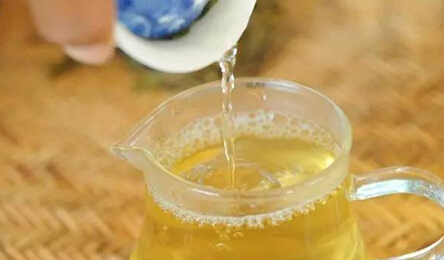
The same applies to Yunnan Pu'er tea. Based on local tea-making experience, Ban Zhang tea emphasizes aroma, so leaves picked earlier—around mid-to-late March—produce the best flavor. In contrast, Yi Wu tea focuses on a rich, smooth taste, with the best picking time being after Qingming.
Each region has its unique geography, climate, and tea varieties, each with its optimal picking time. Blindly pursuing "early" picking ignores the diversity of tea characteristics.
3. Spring tea isn't necessarily better if it's all buds
Traditional premium green teas have established standards for variety and taste, and buds alone don't guarantee the best quality. This is because tea compounds are distributed unevenly across the plant. Tea polyphenols and caffeine are mainly found in the first and second leaves, while amino acids are concentrated in the buds.
Although buds are tender, a full-bodied taste relies on the compounds in the leaves. For example, authentic Taiping Houkui requires "two leaves and one bud."
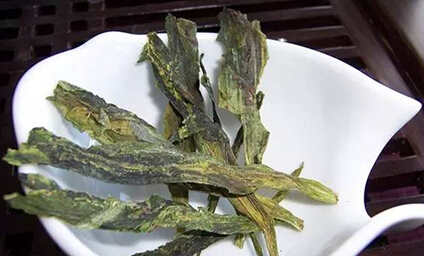
4. Spring tea isn't just green tea
Spring tea generally refers to tea made from the first sprouts of tea trees after winter. In China, spring tea is mainly defined by time—tea produced between the start of spring (Lichun) and before Grain Rain (Guyu) is broadly called "spring tea." Some sources define spring tea as tea picked between Qingming and Xiaoman, while others consider tea picked before late May as spring tea. Another definition refers to tea harvested from late March to mid-May.
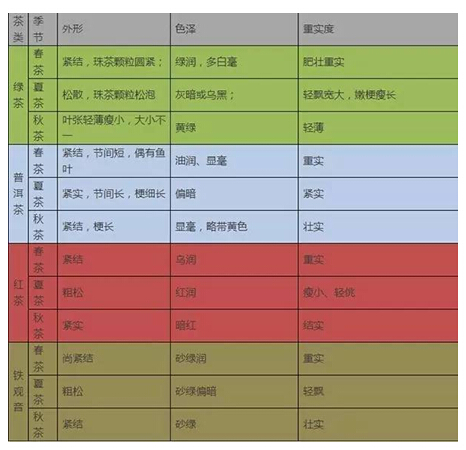
Spring tea is further divided into early, mid, and late spring tea. Early spring tea is picked between the start of spring and ten days before Qingming; mid-spring tea is picked around Qingming (ten days before and after); and late spring tea is picked from ten days after Qingming until before Grain Rain. After Grain Rain, it's no longer called spring tea but early summer tea.
Spring tea mainly consists of bud tea, with green tea being the most common, but other types of tea are also produced during this period. Additionally, the quality of spring tea largely depends on the length of winter—the longer the dormancy period, the higher the tea quality.